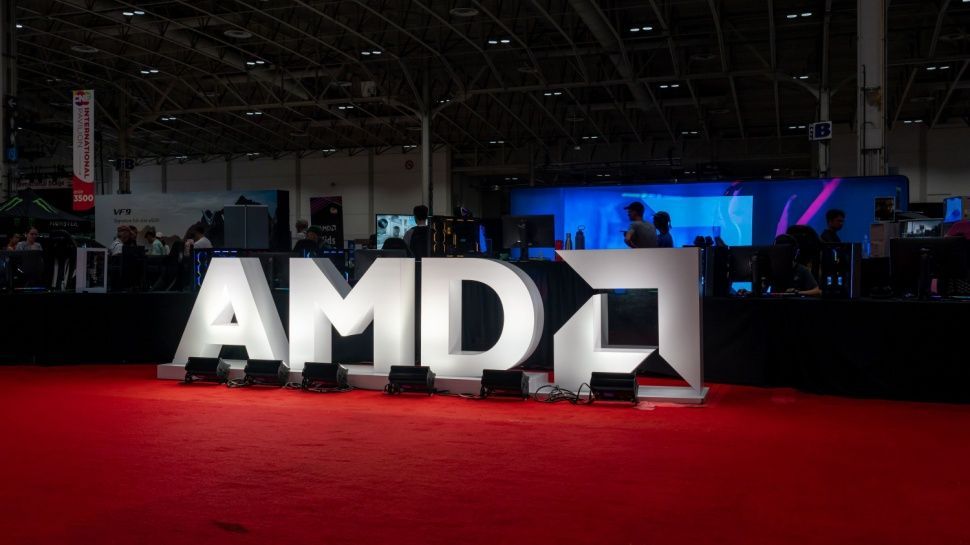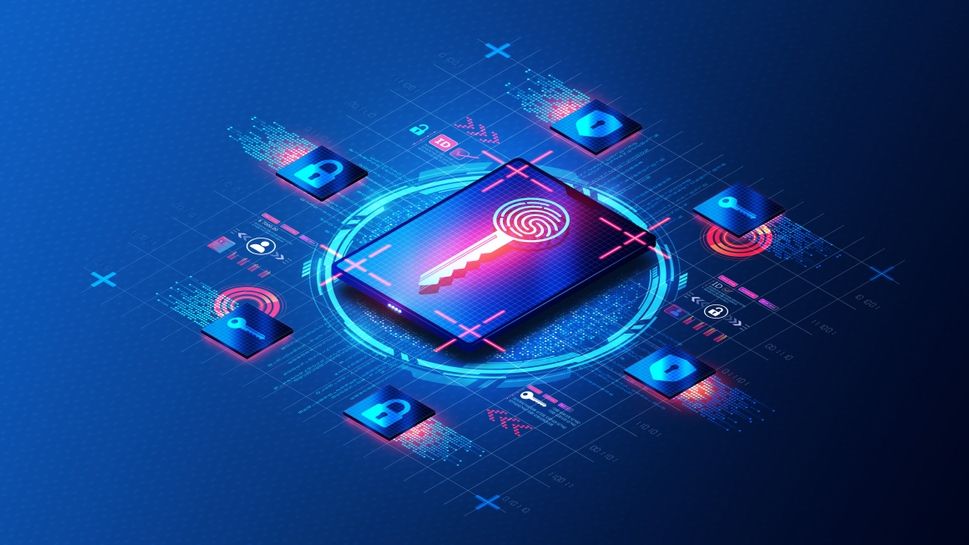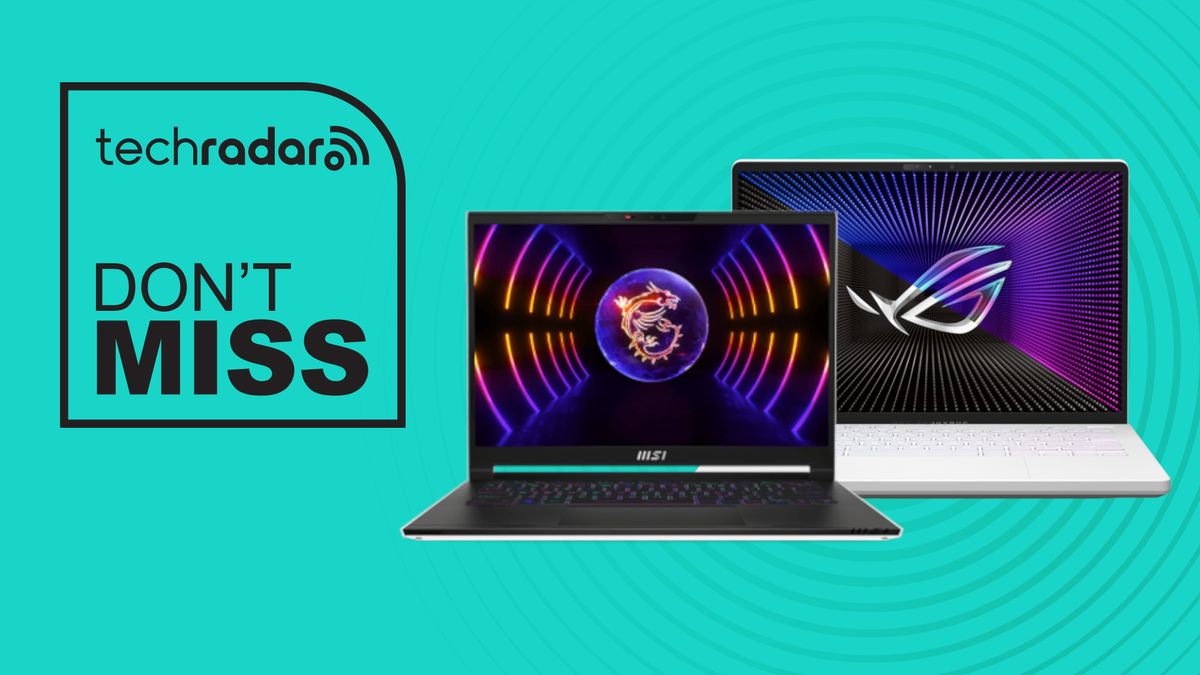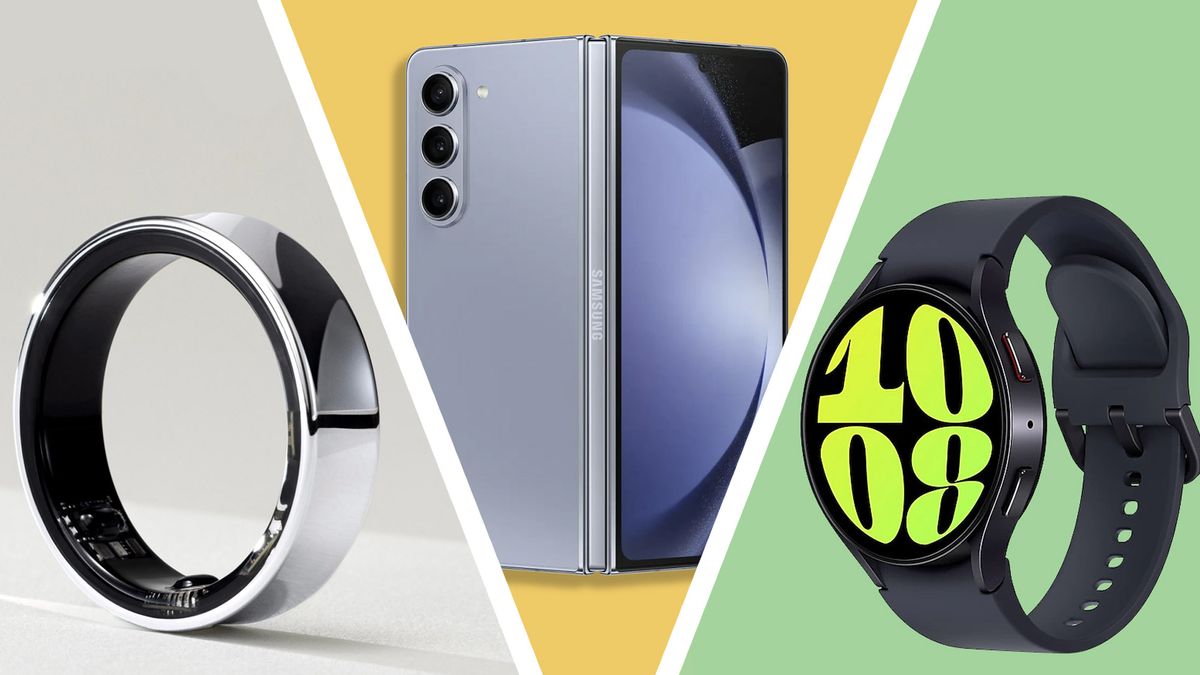AMD has made clear its goal to deliver the best AI PC experience for users around the world, taking a swipe at some of its biggest competitors.
As AI becomes a common presence in our work and personal lives, the need to have the right hardware to benefit from its advances has never been more important.
AI-enabled PCs are likely to be the main way many consumers will experience the technology first-hand, with platforms like Microsoft's Copilot+ providing productivity and efficiency benefits for everyone.
Window of opportunity
In a hyper-competitive market, AMD is eager to reclaim its leadership, with a key company spokesperson saying at a press conference attended by TechRadar Pro that only it was capable of providing the full hardware experience.
“We are probably the only company that has all three pieces,” said Jack Huynh, senior vice president and general manager of Computing and Graphics at AMD, noting that among its rivals, Nvidia has not yet revealed serious rivals in the APU market, and Intel. You're in the same situation when it comes to data center GPUs.
“There is a window of opportunity in the arms race, so we are moving as quickly as possible,” Huynh added, highlighting AMD’s range of new launches and announcements at Computex 2024, particularly its Ryzen AI 300 series, as evidence of its desire.
“Part of our vision is that if we have the same IP powering the data center, the cloud and the edge, we can create engineering efficiencies, but also better security, which is what businesses care about.”
Huynh noted how AMD is putting a special emphasis on talking to software companies to understand their needs when it comes to AI PCs, naming Adobe, Zoom and Microsoft as key partners.
“Our goal is to aggressively catch up in the next three to five years,” he said, “we are already investing too much in software.”
This includes the bold goal of creating a unified software architecture for NPUs, and Huynh explains how AMD wants to make it easier for developers to build with an NPU as it offers the best performance per watt.
“Our goal is to make the deployment time as fast as possible, to get the best of both worlds,” he said. “We want to make sure that we're not just building a solution to a problem – we really want to understand what developers want to do, what we want to enable.”
The journey from AI to PC
Huynh admitted that AI PCs will require more education from OEMs and companies like AMD to appeal to the mass market, particularly to begin with as customers are typically asked to spend more money on a new device than before.
He noted that AMD is in no rush when it comes to AI PC development, as “this will require massive education, but to me this is just the beginning, it's a journey, we're excited about it… I think of it as if “If we were rebirthing the PC, we are going to maintain this leadership in AI.”
“Releasing a product when it's ready is very important… I think we have an opportunity with end users to establish that the AI PC is an innovative product.”
“AI is moving ten times faster than the internet… (it's) the new electricity – it's going to be everywhere and powering everything, so it's very important for us right now to be an AI-first company.”









